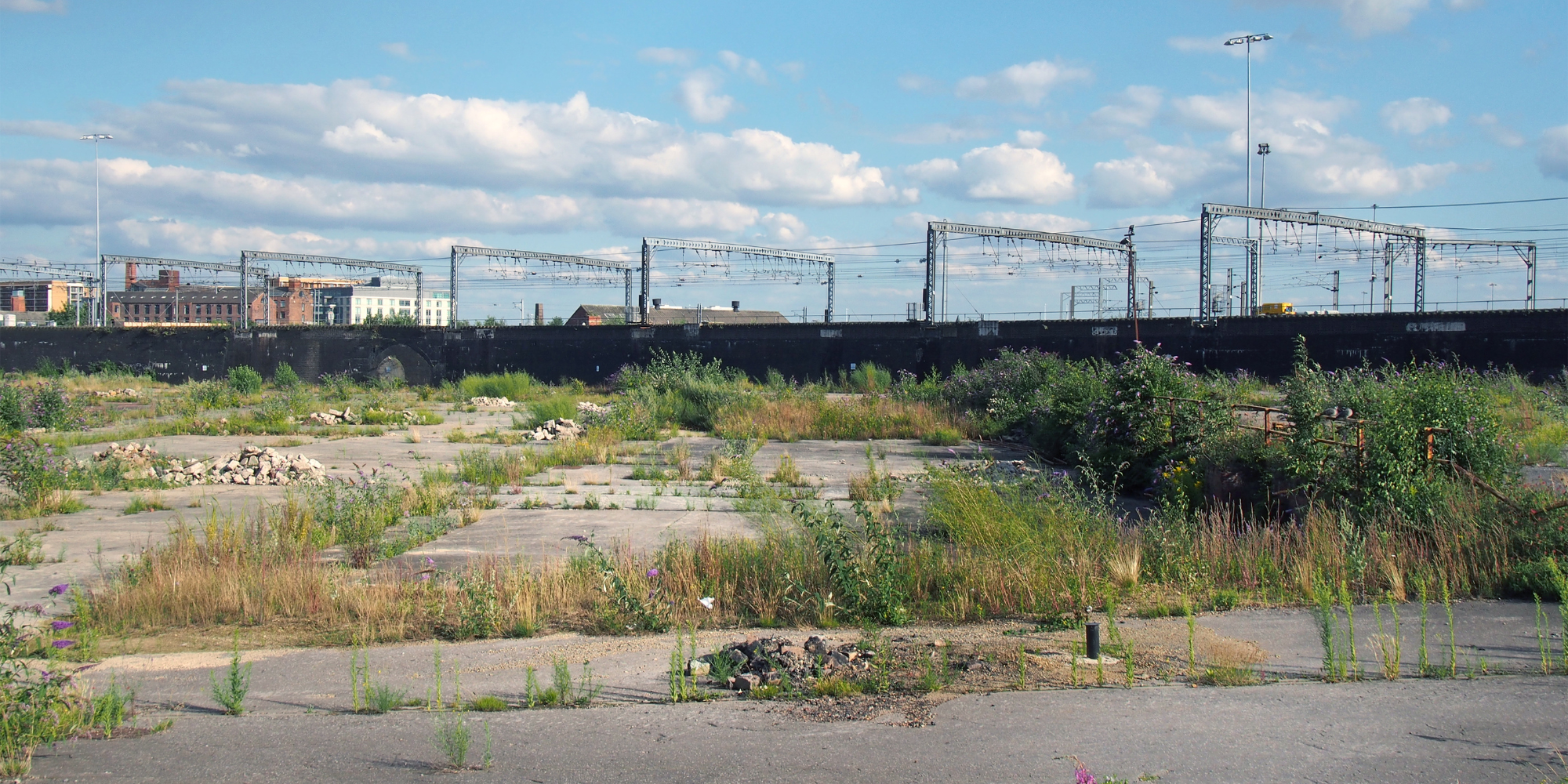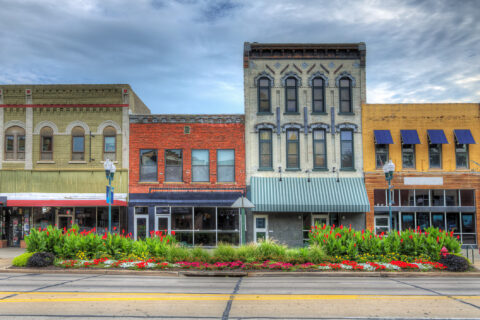Many communities, whether they are urban, suburban or rural, contain former factories, dry cleaners, gas stations, salvage yards, or railway hubs of years past. Collectively, these sites are known as brownfields, or land that has been contaminated or is potentially contaminated by its previous use. But this land doesn’t have to remain out of commission – brownfield cleanup is known to revitalize communities by putting sites back into productive reuse, bringing jobs and new revenues to communities. In 2018, NLC successfully advocated for reauthorization of the Brownfields program, including key changes to make the program more effective for local governments.
The Bipartisan Infrastructure Law (BIL) allocates over $1.5 billion, administered over five years by the U.S. Environmental Protection Agency (EPA), to brownfield cleanup activities. Within the brownfields program, there are several subcategories of grants available to communities: multipurpose, assessment, cleanup, revolving loan fund, and job training, as well as technical assistance, including targeted field assessments.
Current Opportunities
The following grants are currently open for fiscal year (FY) 2023 and are due November 22, 2022. The EPA provides application resources for the open grants.
Multipurpose grants are used to fund multiple activities, such as those found under other grants. This includes assessments, cleanups and technical assistance. However, the redevelopment must happen in the same location. Multipurpose grants allow recipients more flexibility and are well-suited for communities that have already identified priority areas. Salem, NJ, was awarded an $800,000 multipurpose grant in FY 2021 to support ongoing work on their waterfront site. At the inception of the project, Salem created a Brownfields Steering Committee to navigate public-private partnerships, community engagement, applying for grants and working with the state.
Assessment grants are for communities that need assistance in determining which sites are appropriate for redevelopment, evaluating potential uses and understanding how to conduct community engagement. Assessment grants are a good option for communities just beginning the process. East Hartford, CT, had the opportunity to bring in a popular franchise to a corner that had seen many failed businesses in years past, including a gas station and laundromat which can leave behind hazardous chemicals. Because of this past usage, the franchise wanted the town to complete an environmental site assessment, which was made possible through EPA assessment grants. The business has brought in additional jobs, tax revenue and increased usage of a nearby public park.
Cleanup grants are for cleanup activities that can be used by an applicant for one or more identified brownfields. Indianapolis, IN, housed the site of an abandoned iron foundry sitting vacant for 50 years. Local developers built housing for at-risk veterans on the site by using low-income housing tax credits. To do so, they had to remediate the contaminated soil. With $200,000 in cleanup grants, project construction went off without a hitch and the housing is open for residents.
Revolving loan fund grants are used to capitalize a community-based revolving loan fund, allowing the community to award subgrants or loans for the cleanup of brownfield sites. Communities applying for revolving loan fund grants can do so individually or as a coalition, but must commit to long-term operation of the revolving fund. Additionally, 50 percent of revolving loan funds that the community awards must be in the form of loans, as opposed to grants. With a $342,560 revolving loan fund grant, Silver City, NM, was able to offer favorable payback terms to accelerate the teardown of an abandoned hospital and the cleanup of contaminated waste from the site, making way for new senior housing.
Future Opportunities
The following grants have closed for FY 2023, but future funding will be made available. Cities interested in these opportunities will benefit from becoming familiar with the program requirements now, so when solicitations open for the next round they are ready to apply.
Job Training grants provide local governments and nonprofits the funds to recruit and train unemployed and underemployed residents in skills related to brownfield sites. In Chicago, IL,the nonprofit OAI, Inc. serves 4,000 residents each year by training participants on topics such as hazardous waste handling and OSHA certification.
Technical Assistance. EPA provides consultants to work directly with communities to complete assessments or development plans. This program is for communities that already have specific sites and redevelopment goals in mind but are lacking technical capacity. No direct funds are given to the community, and technical experts contracted by the EPA cannot assist with cleanup or demolition activities. Lincoln, NE, had been redeveloping the West Haymarket neighborhood since the 1980’s but had difficulties with contaminated land from a former rail yard. With the assistance of an EPA contractor to expedite the required environmental studies and report, they were able to develop a cleanup plan and access EPA cleanup grants to complete the project.
Other Resources
For more information on application guidelines, EPA is hosting overview webinars on September 29 for multipurpose and assessment grants, October 4 for cleanup grants and October 6 for revolving loan fund grants. Additionally, the Local Infrastructure Hub will offer future training and technical assistance on brownfields to help small and mid-sized cities and towns access these federal infrastructure funds.










